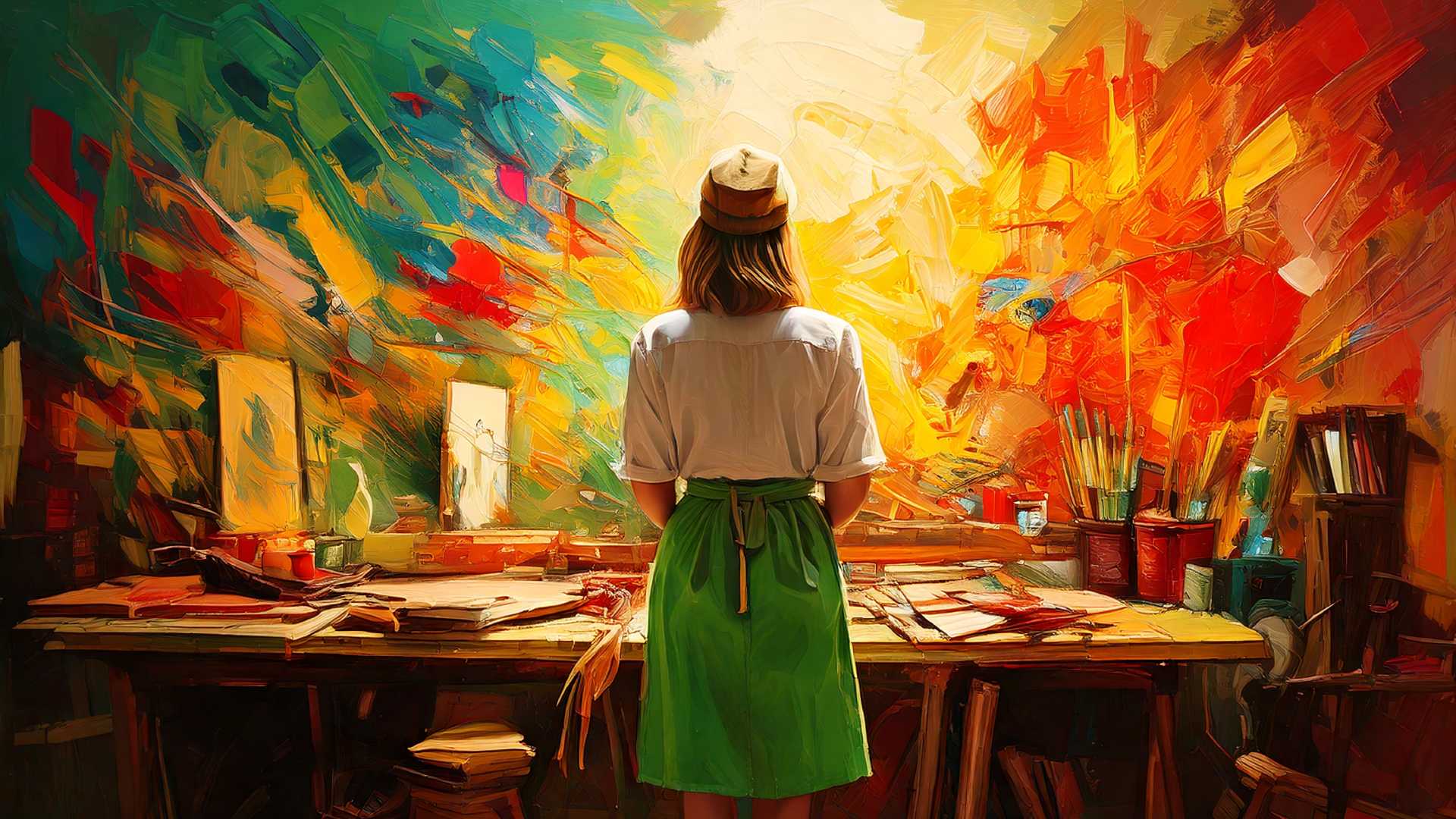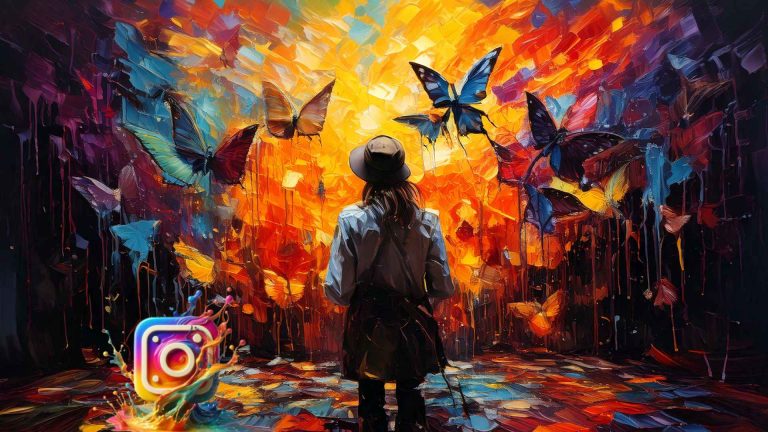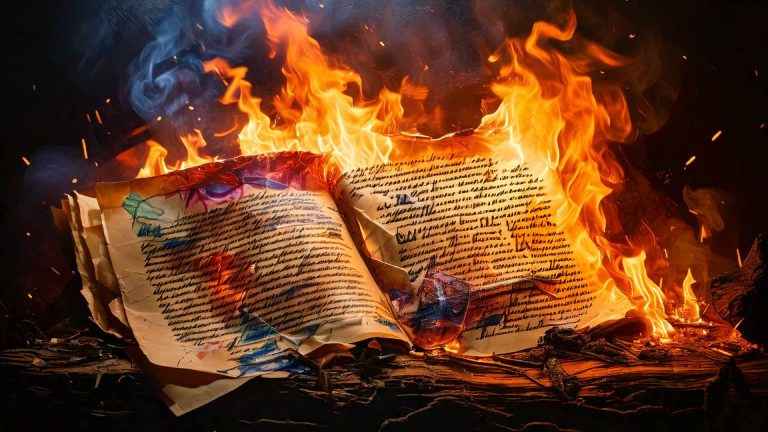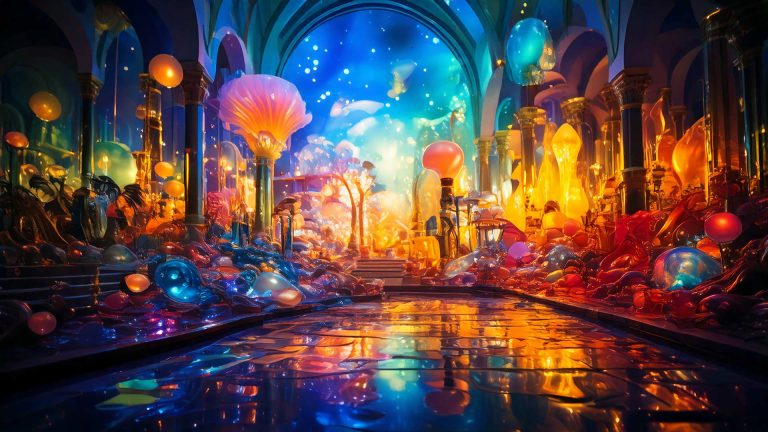When skill yields to pretension in today’s art world
Read time 1 minute 45 seconds
The art world today is flooded with noise. Everywhere you turn—social media feeds, pop-up exhibitions, digital marketplaces—you’re met with the works of self-proclaimed “creators.” Armed with little more than impulse and audacity, these amateurs and dilettantes parade spontaneity as substance, mistaking performance for professionalism. What’s lost in this frenzy? The discipline, craft, and mastery that transform raw expression into enduring art.
Spontaneity has become the buzzword of the moment. The “act” of creation is celebrated as though it were the pinnacle of artistry, while the final work often reads as little more than a snapshot of impulse. Yet true inevitability—the sense that a piece feels complete, necessary, undeniable—cannot be achieved through accident alone. It requires structure, patience, and respect for technique.
This is not to say that innovation must be suppressed, nor that every brushstroke must be labored over in classical fashion. Think of history’s great innovators: Pollock’s drips, Picasso’s fractured geometries, Basquiat’s frenetic scrawls. Their art shocked, disrupted, and redefined—but never by chance. Their power came not from blind spontaneity, but from knowing exactly when and how to bend the rules. They understood their medium so deeply that even their most radical gestures carried weight. Today’s dilettantes, by contrast, confuse rawness with authenticity and visibility with value.
And here’s the danger: as audiences are fed an endless diet of impulsive work, expectations of excellence erode. Galleries and collectors, swayed by spectacle, too often validate mediocrity. The result? A marketplace where novelty outshines craft, and genuine talent risks being drowned out by the sheer volume of noise.
Art deserves more than this. It demands the humility of apprenticeship, the patience of discipline, and the courage to transcend impulse. True inevitability in a work is not born of careless spontaneity but of deliberate mastery—a convergence of skill, vision, and intent. Until we reclaim respect for craft, the art world risks drowning in the shallow waters of its own pretensions.
But there is hope—and opportunity. For those who still believe in skill, for those who see art not as a stunt but as a discipline, the path forward is clear. Mastery is the new disruption. Dedication to craft, respect for tradition, and the courage to pair discipline with innovation are what will set the true artist apart in this overcrowded landscape.
In a world oversaturated with amateur performance, audiences are craving something real, something lasting. The future belongs to the creators who understand that spontaneity, when built on mastery, is not a gimmick—it’s a revelation.



